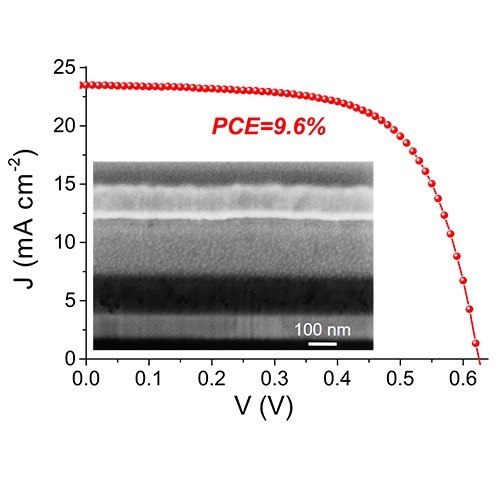04 April 2016
Researchers at ICFO unveil the mechanisms at play on the surface atoms of quantum dots upon ligand passivation and report highly performing and photostable PbS QD solar cells.
Colloidal quantum dot solar cells have emerged as one of the leading solar cell technologies for 3rd generation, solution processed, inorganic solar cells. Recent global efforts have led to power conversion efficiencies of ~10% and while these efforts have focused on their performance little had been done to address their stability. For any PV material technology to be commercially relevant though, both performance and stability have to be addressed.
In the recent work published in Nature Energy, Dr. Yiming Cao, Dr. Alexandros Stavrinadis and co-workers, under the supervision of ICREA Prof. at ICFO Gerasimos Konstantatos have shed new insights on the critical role the surface of quantum dots plays for both high performance and stability. This work identifies the presence of chemical species on the QD surface that while they do not dramatically affect the efficiency, they have been found to be detrimental for device stability. By suppressing this chemical species, this work reports PbS QD solar cells that simultaneously achieve high power conversion efficiency, also independently certified by an accredited laboratory, and high photostability.
This work was achieved within and supported by the European FET Energy project, NANOMATCELL that is co-oridnated by ICFO.

Researchers unveil quantum dot surface engineering for high efficiency and photostable PbS QD solar cells.

Researchers unveil quantum dot surface engineering for high efficiency and photostable PbS QD solar cells













